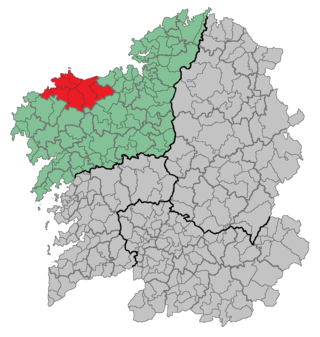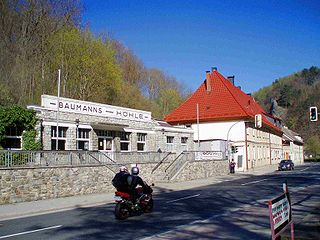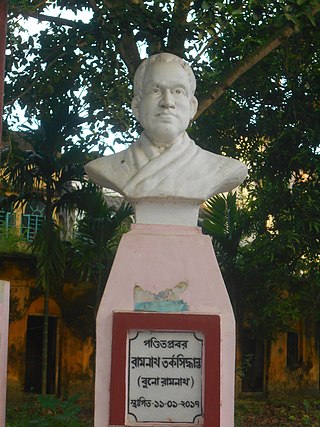This article needs additional citations for verification .(April 2023) |
Buno is an ethnic minority people of Bangladesh mostly found in Rajshahi, Rangpur, Khulna and Dhaka. They are nomadic tribal people. [1]
This article needs additional citations for verification .(April 2023) |
Buno is an ethnic minority people of Bangladesh mostly found in Rajshahi, Rangpur, Khulna and Dhaka. They are nomadic tribal people. [1]
Dumog is the Filipino style of wrestling while standing upright and refers to the grappling aspect of Filipino martial arts. The word dumog is most commonly used in Mindanao and the Visayas, while the word buno is used in Luzon, specifically in the Southern Tagalog-speaking provinces as far south as Mindoro. Tribal groups such as the Ifugao, Samal, Ibanag, Manobo, Dumagat, and Maranao are said to practice grappling arts known respectively as bultong, silaga, dama, garong, buteng, purgos, and kapulubod; while ethnic groups such as the Tagalog, Ilokano, Cebuano, Bicolano, Pampanga, and Pangasinan, are said to practice grappling arts known as gabbo, layung, lampugan, pantok, balsakan, and dumog.
Buno is a system of Filipino wrestling like Dumog.

Samaresh Majumdar was an Indian Bengali language writer from West Bengal.
Dega is one of the woredas in the Oromia Region of Ethiopia. Part of the Buno Bedelle Zone, Dega is bordered on the south by Chora, on the west by Supena Sodo, on the north by the Mirab Welega Zone, on the northeast by the southern exclave of the Benishangul-Gumuz Region, and on the east by Bedele. Towns in Dega include Dega and Mako. Mako woreda was part of Dega woreda.
Gechi is one of the woredas in the Oromia Region of Ethiopia. Part of the Buno Bedele Zone, Gechi is bordered on the south by Didessa, on the east by the Jimma Zone, on the north by Bedele, and on the east by the Didessa River which separates it from the Jimma Zone. Gechi town is the administrative center of Gechi woreda. Borecha woreda was part of Gechi.

Bergantiños is a comarca in the Galician province of A Coruña. The comarca is made up by the municipalities of Cabana de Bergantiños, Coristanco, A Laracha, Laxe, Malpica de Bergantiños, Ponteceso and its capital, Carballo. As of 2020, the overall population of this local region is 66,840.
Santo Estevo de Buño is a parroquia in the municipality of Malpica de Bergantiños, in the autonomous community of Galicia, northwestern Spain. It belongs to the comarca of Bergantiños.

Buno-Bonnevaux is a commune in the Essonne department in Île-de-France in northern France.
Bedele is a town and separate Aanaa in south-western Ethiopia. Located in the Buno Bedele Zone of the Oromia Region, this town has a longitude and latitude of 8°27′N36°21′E and an elevation between 2,012–2,162 metres (6,601–7,093 ft) above sea level.

Bougneau is a commune in the Charente-Maritime department in southwestern France.

Bougnon is a commune in the Haute-Saône department in the region of Bourgogne-Franche-Comté in eastern France.

Conrad Buno, was a German copperplate engraver, cartographer and publisher at the court of Wolfenbüttel (Guelpherbytum) and brother of Johann Buno (1617–1697), the theologian and pedagogue from Lüneburg.

Baumann's Cave, located nearby Hermann's Cave, is a show cave in Rübeland in the district of Harz and is Germany's oldest show cave.
Chewaka is one of the woredas in the Oromia Region of Ethiopia. It is part of the Buno Bedele Zone.

Tanusree Chakraborty is an Indian actress and model who works primarily in Bengali films.

Buno Haansh is an Indian Bengali action thriller film directed by Aniruddha Roy Chowdhury. It is based on a novel by Samaresh Majumdar of the same name, and features actors Dev, Srabanti Chatterjee and Tanusree Chakraborty in the lead roles. The music in this film was composed by Shantanu Moitra. The film was released on 15 August 2014.
Buno Bedele is one of the zones of the Oromia Region in Ethiopia. Located in western Oromia, Buno Bedele is bordered on the south by Southern Nations, Nationalities, and Peoples Region, on the west by the Ilu Aba Bora Zone, on the north by the East Wollega Zone and West Wollega Zone and on the east by the Jimma Zone. Its administrative center is Bedele.

Ramnath Tarkasiddhanta, popularly known as Buno Ramnath, was a prominent logician, scholar and ideal teacher of Nabadwip in the eighteenth century. He was called Buno as he had set up his Chatuspathi in a forest area.
Buno may refer to: